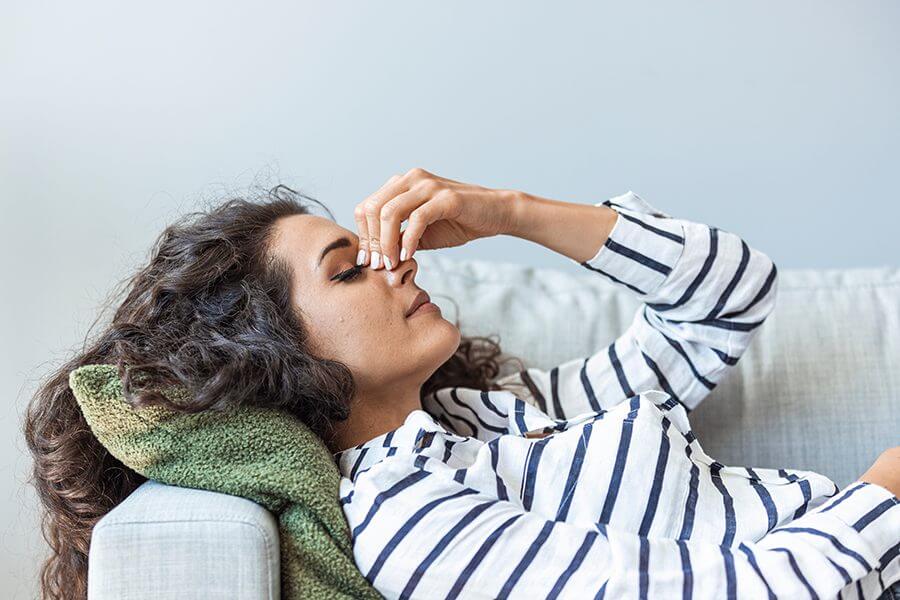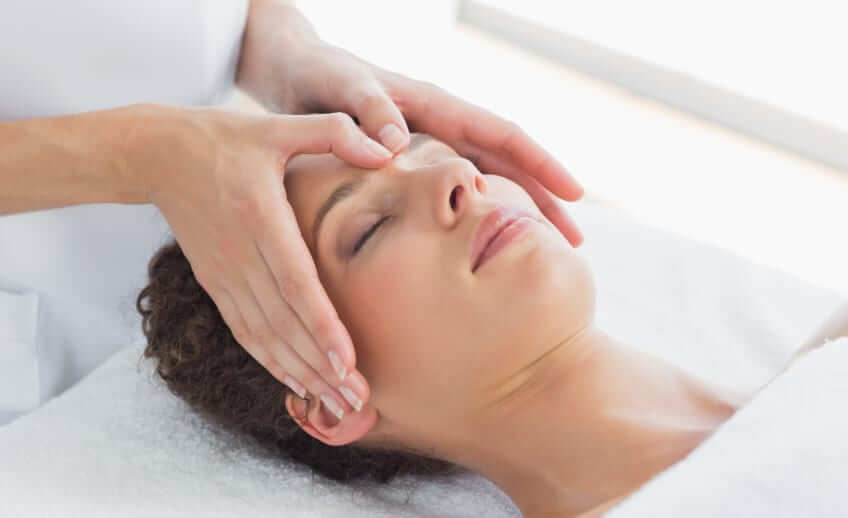Cervicogenic headache is also called “occipital headache”. The occipital region of the neck is at the back of the head, and this is where the symptoms are found. Symptoms can be constant, affecting either side of the head. Symptoms often increase with prolonged positions of the head and neck. Some people can have nausea, dizziness, vomiting, light and sound sensitivity associated with cervicogenic headaches.
Physical therapists treat this type of headache with a variety of helpful techniques. Treatment involves myofascial release, manual therapy techniques, gentle stretching, muscle retraining, and postural correction. Education to relax the muscles of the face, neck, and upper body are also very beneficial.





